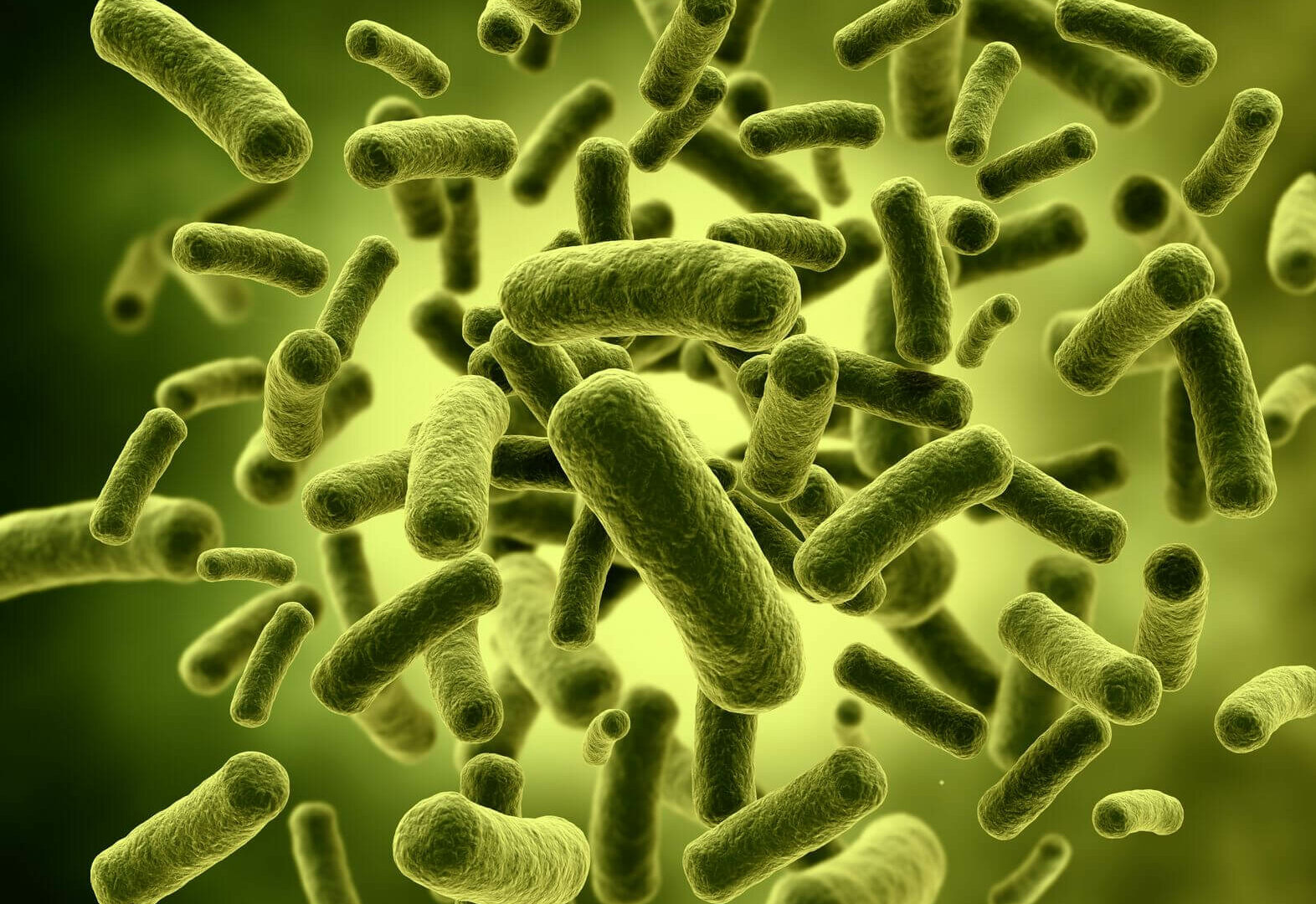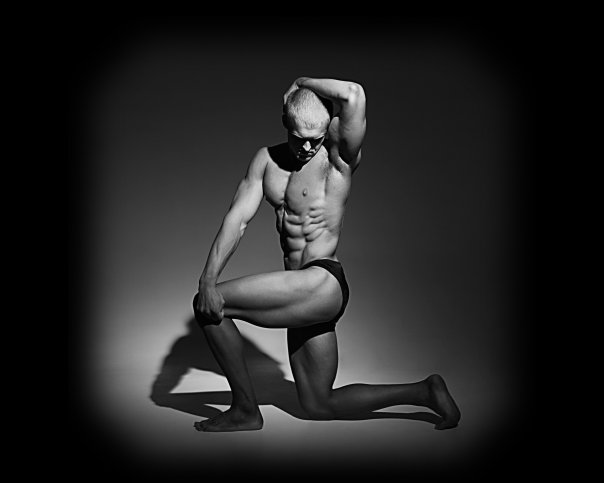What is the human gut microbiome? The human gut microbiome refers to the bacteria that live the gastrointestinal (GI) tract, primarily in the large intestine. The average human has around 100 trillion microbes in their GI tract [1]. This number is 10 times higher than the amount of human cells in the body. Moreover, there are 150 times more genes in the human gut microbiome than in the entire human genome [1]. Despite this, until recently little research was done on the microbiome and relatively little is known at this time.
What does the microbiome do?
The bacteria in the microbiome metabolize food that is not digested and absorbed in the stomach and small intestine producing products such as: short-chain fatty acids (acetate, propionate, and butyrate), ethanol, hydrogen gas, lactate and others [2]. The short-chain fatty acids produced through microbial metabolism of fiber have a number of health benefits including reducing risk of cardiovascular disease, GI disorders, and certain types of cancer [3]. Moreover, these microbes out-compete pathogenic (disease causing) bacteria in the large intestine to prevent infection [4].
How is the microbiome associated with obesity?
The types of bacteria that colonize the digestive tract differ between lean and obese individuals [5]. In addition, the diversity of microbes in obese individuals is reduced compared to the microbiome of lean individuals [6]. These findings suggest that the gut microbiome responds to the level of body fat, but can changes in the microbiome cause obesity? Turnbaugh et al. [7] investigated this question by transferring feces from an obese mouse to a germ-free mouse (an animal raised in an environment where it is not exposed to bacteria and as a result has no bacteria in its GI tract). They found that the germ-free mouse experienced significant weight gain following fecal transfer despite no difference in a caloric intake. At first this may seem like the first law of thermodynamics (energy cannot be created or destroyed) is being violated; however, the microbes from the obese mouse were increasing energy extraction from the food consumed. Taken together, these findings suggest that not only does human gut microbiome respond to body fat level; it may actually have a role in altering it.
Does dieting affect the microbiome?
The microbiome is very responsive to changes in energy balance and body fat levels [8][9][10]. Both over- and under-feeding has been shown to alter the diversity and type of bacteria present [9]. These changes in the gut microbiome can affect energy harvest from food [9][10]. This means that the microbes in the gut become more efficient at extracting energy from food in a caloric deficit and may be partially responsible for the metabolic adaptation that occurs while dieting.
Can we modify microbiome?
Consumption of prebiotics (non-digestible food ingredients that stimulate the growth of beneficial bacteria) can alter the microbiome [2][11]. This occurs because certain bacteria out-compete others to ferment prebiotics into short-chain fatty acids [11]. Therefore, it is clear that consumption of a diet high in prebiotics can alter the composition of the microbiome; however, the effects of prebiotics on weight loss and body composition require further study.
What are the take-home points in relation to bodybuilding?
Although it is clear that the microbiome is responsive to energy balance and body fat levels, much more research is needed before specific nutritional recommendations can be made to alter the microbiome in a way that aids in fat loss and/or helps to maintain a leaner body composition. However, it is clear that a high fiber diet has a number of benefits: reduction of cholesterol, coronary heart disease, and blood pressure, better control of blood glucose, increased satiety, reduced risk of certain cancers, and improved GI function [12]. Recommended fiber intake to observe this benefit is 14g / 1000 kcal consumed [13]. Until more specific recommendations can be made to alter the human gut microbiome in a way that benefits bodybuilders, the best recommendation regarding this information in the context of bodybuilding is to focus on getting an adequate fiber intake daily for maximum health benefit.
References
- Rosenbaum, M., R. Knight, and R.L. Leibel, The gut microbiota in human energy homeostasis and obesity. Trends Endocrinol Metab, 2015. 26(9): p. 493-501.
- Gibson, G.R., Dietary modulation of the human gut microflora using the prebiotics oligofructose and inulin. J Nutr, 1999. 129(7 Suppl): p. 1438S-41S.
- Wong, J.M., et al., Colonic health: fermentation and short chain fatty acids. J Clin Gastroenterol, 2006. 40(3): p. 235-43.
- Stecher, B. and W.D. Hardt, Mechanisms controlling pathogen colonization of the gut. Curr Opin Microbiol, 2011. 14(1): p. 82-91.
- Walters, W.A., Z. Xu, and R. Knight, Meta-analyses of human gut microbes associated with obesity and IBD. FEBS Lett, 2014. 588(22): p. 4223-33.
- Turnbaugh, P.J., et al., A core gut microbiome in obese and lean twins. Nature, 2009. 457(7228): p. 480-4.
- Turnbaugh, P.J., et al., An obesity-associated gut microbiome with increased capacity for energy harvest. Nature, 2006. 444(7122): p. 1027-31.
- Faith, J.J., et al., The long-term stability of the human gut microbiota. Science, 2013. 341(6141): p. 1237439.
- Jumpertz, R., et al., Energy-balance studies reveal associations between gut microbes, caloric load, and nutrient absorption in humans. Am J Clin Nutr, 2011. 94(1): p. 58-65.
- Cotillard, A., et al., Dietary intervention impact on gut microbial gene richness. Nature, 2013. 500(7464): p. 585-8.
- Macfarlane, S., G.T. Macfarlane, and J.H. Cummings, Review article: prebiotics in the gastrointestinal tract. Aliment Pharmacol Ther, 2006. 24(5): p. 701-14.
- Anderson, J.W., B.M. Smith, and N.J. Gustafson, Health benefits and practical aspects of high-fiber diets. Am J Clin Nutr, 1994. 59(5 Suppl): p. 1242S-1247S.
- Anderson, A.E., et al., A chronic focal epilepsy with mossy fiber sprouting follows recurrent seizures induced by intrahippocampal tetanus toxin injection in infant rats. Neuroscience, 1999. 92(1): p. 73-82.

